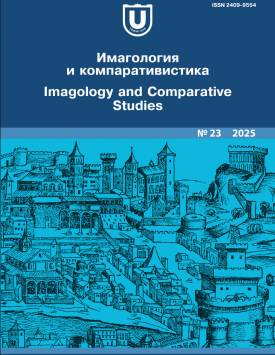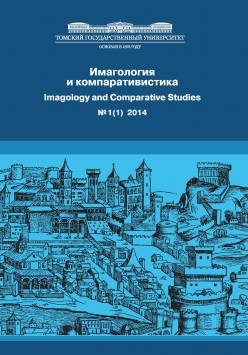Let the paths converge: “Сonverging paths” as a narrative form in Paul Auster’s Sunset Park (2010) and Pedro Almodóvar’s Pain and Glory (2019)
Literature and cinematography of the last decades have been actively using the narrative form, which, paraphrasing Jorge L. Borges’ metaphor, can be called “converging paths.” This form offers the reader and viewer several non-linear storylines simultaneously. Accordingly, the narrative centers on more than one heroes, which involves the readers into reconstructing the connections between characters on their own. In contemporary cinematography (Michael Haneke, Alejandro Inarritu, Paul T. Anderson), this narrative form is studied by film theorists Mikhail Yampolsky and David Bordwell. Yet, the “converging paths” form is also highly requested in literature, as, for example, in Sunset Park (2010) by the contemporary American classic Paul Auster, and its later screen adaptation Pain and Glory (2019) by Pedro Almodovar. How does such a narrative form function in Auster and Almodovar? What does the latter inherit from the former, and how does he transform it? Both Auster and Almodovar have a lot in common in terms of themes and narrative search: both offer their readers or viewers to move along “converging paths.” This form now allows the variations not to diverge from one point (as was the case in the “forking paths”), but pursues a different (albeit close) goal - to allow the paths to converge. Auster shows the readers the “actual worlds” (in Marie-Laure Ryan’s terminology) of his heroes and tells about what really happens to them, yet the ghosts of the past are intensively invading this present - it is they who begin to control the events in the novel, they also push the heroes to make a choice, they allow the lines of all the heroes to eventually converge, in order to diverge again in the finale. Almodovar, on the contrary, makes a film not about what actually happened to the hero, but only about what could have happened; unlike Auster, he shows to the viewer the hero’s “virtual worlds”, consisting of “untravelled” roads and missed options. These worlds come to life on the screen - as if they really were: they allow the hero (even if only in his imagination) to experience here and now what he could not experience in reality (and is unlikely to). They are variations converging in the hero’s present; they also become his salvation, and allow him to get out of the crisis (which often happens with Auster), allow him to return to “writing.” It is not surprising that at the end of the film it turns out that all the possible worlds in it are only part of the future film. After all, Auster’s later novel 4321 (2017) ends in a similar way. Both literature and cinematography in this case operate on the principle of “extending” each other: the film neither repeats the plot nor borrows characters - it opens up new possibilities in the “inherited” narrative form, transforming the “actual worlds” (described by Auster in the novel) into “virtual” ones. Readers, ultimately, only benefit from such an expansion: they now spectators, too delegating their rights of reading to the film, but at the same time they are remain readers, engaging in the process of reading a different, cinematic, imagination. The author declares no conflicts of interests.
Keywords
forking-path narrative, converging-fates narrative, actual, virtual, Auster, Almodovar, complex narratives, possible worldsAuthors
| Name | Organization | |
| Shulyatyeva Dina V. | National Research University Higher School of Economics | dshulyatyeva@hse.ru |
References

Let the paths converge: “Сonverging paths” as a narrative form in Paul Auster’s Sunset Park (2010) and Pedro Almodóvar’s Pain and Glory (2019) | Imagologiya i komparativistika – Imagology and Comparative Studies. 2025. № 23. DOI: 10.17223/24099554/23/9
